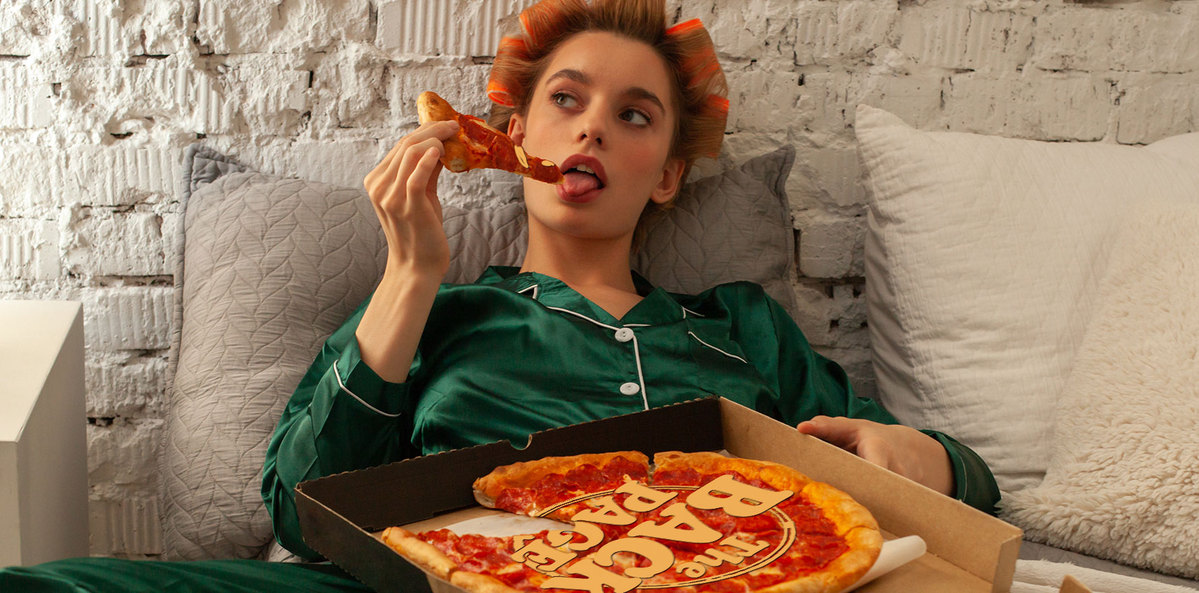Gen Z is getting up to some strange stuff in the bedroom.
There comes a time when the Back Page must add to the pernicious genre of health stories based on TikTok trends.
They are the journalistic equivalent of shooting fish in a barrel. On the other hand, terrible TikTok health advice is, much like syphilis, increasingly popular and undeniably a real thing.
One trend that showcases the kids’ knack for giving things the least appealing names possible is “bed rotting”, the practice of, well, staying in bed. Not sleeping, doing other stuff: eating, watching TV, staring at your phone. But in bed.
What prior generations would have labelled as “being lazy” or “depression”, the TikTokkers have culturally alchemised into a self-care practice for the burned-out 20-something.
According to a survey by the American Academy of Sleep Medicine of more than 2000 people aged 18-65 this year, 14% have tried bed rotting, making it the most popular of a number of trends they asked about.
A full 24% of the 18-24-year-olds had tried bed rotting, compared with only 6% of 65+ (and we bet they didn’t know it was called that when they tried it).
Only 5% had tried mouth taping, a sinister-sounding wellness trend of sticking your lips together overnight to prevent mouth-breathing during sleep. This spuriously promises a whole range of benefits, from snoring and sleep apnoea prevention, to asthma control (seriously) to better oral hygiene.
Mouth taping has actually been subjected to some very small studies, but they have shown no benefit, and it may not be completely free from harm. Though we’re sure the frustrated sleeping partners of snorers have tried worse measures to make the noises stop.
Stratified by generation, 55% of Gen Z (18-27) had tried at least one on the list of sleep fads the AASM asked about.
The others were sleeping in 90-minute increments (which an overall 9% had tried), livestreaming your sleep (what? 7%), watching others livestream their sleep (weird, 8%), drinking magnesium aka “sleepy girl mocktail” (delicious, 9%), drinking lettuce water (you’re making this up, 6%) and the Scandinavian sleep method, in which partners have separate doonas or blankets (finally, something that makes sense, 10%).
In all, 37% of respondents had tried one of them.
Thirteen percent of male respondents of all age groups had watched livestreams of other people sleeping, which personally we wouldn’t admit to even anonymously.
In fact, surprisingly, men were more likely to try any one of these fads than women – all except … bed rotting (15% to 14%).
Bed rotting is the kind of thing that “may actually worsen the sleep problem you may be experiencing”, commented AASM spokeswoman Dr Anne Marie Morse. She reiterated that bed’s primary purpose is sleeping and that maintaining a consistent sleep schedule “with regular timing of bedtime and waking and not going to bed unless you are sleepy, will serve as a positive reinforcement of the bed being a place for sleep and is essential for maintaining ease of falling and staying asleep”.
And if you’re wondering, lettuce water comes from the very old folk remedy (thank you NYT) of using lettuce as a sedative and pain reliever, thanks to a milky secretion known as lactucarium. Which, even if it is soporific, which is doubtful, would not occur at anything like the required concentrations in your iceberg infusion.
Send your unhealthiest TikTok-inspired health advice to penny@medicalrepublic.com.au.


